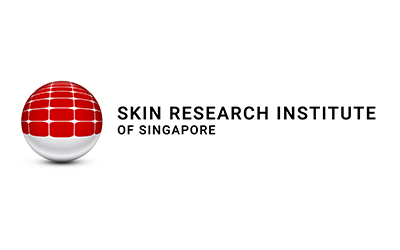Asian Skin Biobank
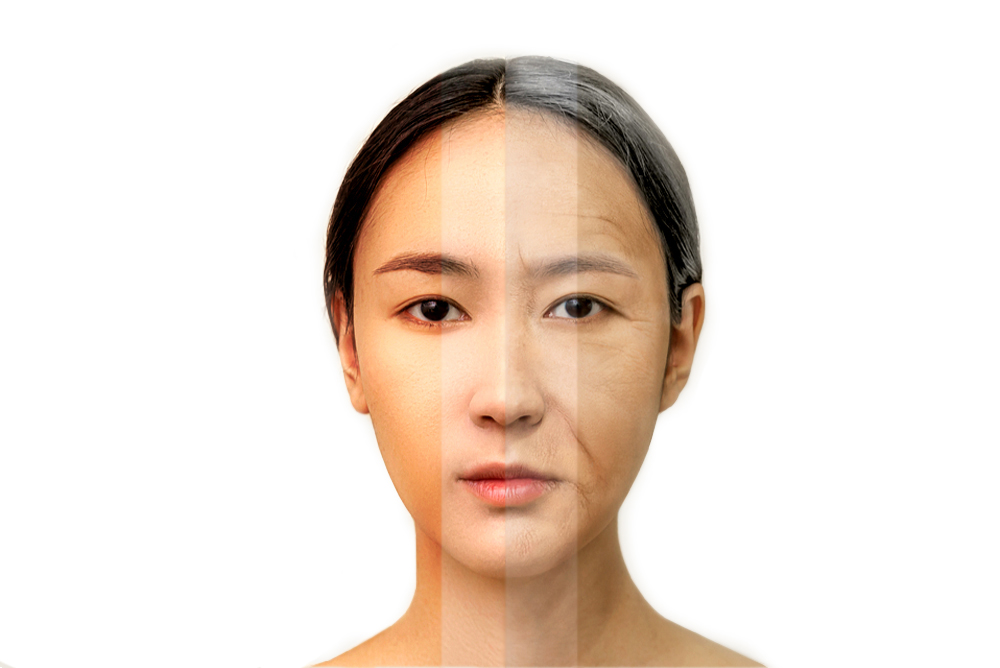
We Know Asian Skin
Located in the heart of Asia, the Asian Skin Biobank (ASB) specialises in a diverse range of Asian skin.
The ASB delivers quality human skin samples and services to support skin research in Singapore and worldwide. The ASB also develops in vitro skin models and assays for collaborative research projects with academia and industry.
Our mission is to improve skin health and quality of life for all in Asia.
Our Capabilites
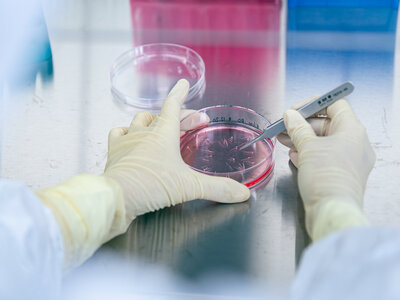
Asian Skin cells
We collect surgical waste skin tissues from healthy female and male donors of various Asian ethnicity, age groups, and body sites, from which primary skin cells are derived. The Asian Skin Biobank provides high-quality dermal fibroblasts, epidermal keratinocytes, and melanocytes. They undergo a thorough quality check assuring their authentication and confirming they are contamination-free, negative for infectious agents, and are from early-passage cultures.
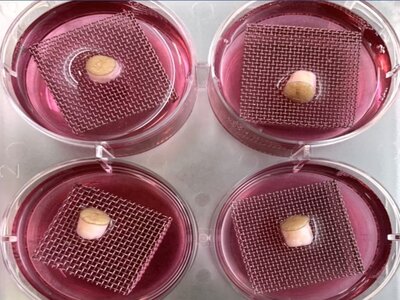
3d human skin models
The Asian Skin Biobank provides robust in vitro 3D reconstructed Asian skin models, made with donor-matched fibroblasts and keratinocytes. We also generate De-Epidermised Dermis Human Skin Equivalent (DED-HSE) for wound healing studies. Fresh ex vivo skin explants, OCT- frozen, and Formalin-Fixed Paraffin-Embedded skin tissues are also available.
Together with the Model Development team at the A*STAR Skin Research Labs, 3D Bioprinting and protocols are developed to create more complex, immune-competent, pigmented, and diseased skin models.
Email us for details
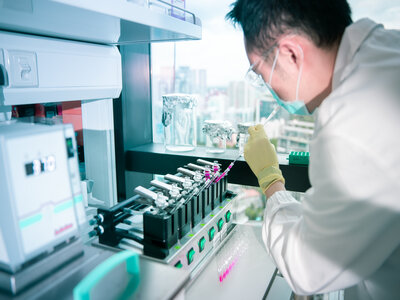
skin cell assays
The Asian Skin Biobank offers 2D and 3D skin cell assays suitable for a wide range of research and test applications. We provide standardized or tailor-made assays and histology services to assess downstream effects of external factors (UV, oxidative stress, drug treatment) on skin biology, viability, differentiation, ageing, inflammation, pigmentation and wound healing. Systems to test skin barrier integrity (TER, TEWL) and product penetration (Franz Diffusion Cells) are also available.
Email us for details
Quality assurance and facilities
The ASB is a registered Tissue Bank, compliant with the Human Biomedical Research Act 2015 and the Human Tissue Framework in Singapore. All samples are collected, processed, and distributed upon Institutional Review Board (IRB) approval. Donors provided voluntary and informed consent for the use of the samples in future research studies.
Handling and processing of skin samples are carried out in a clean 10K lab, accessible only to trained personnel, with high GLP/ISO standards, Standard Operating Procedures and an integrated Laboratory Inventory Management System (TD-Biobank).
The ASB works with public sectors, academia, and industry through collaborative research agreements, fee for service, consultancy, or training.
Request human skin models or samples
Please email us to discuss your research needs.
Non-identifiable donor information, sample characteristics and specifications, as well as culture conditions may be provided.
Selected publications
The ASB has contributed to a range of research studies in skin, biology and diseases, skin immunity, inflammation, ageing, stem cells, and 3D in vitro models, including the following selected publications:
1. Tan SH, Ngo ZH, Leavesley D, Liang K. Recent Advances in the Design of 3D- and Bio-printed Scaffold for Full-Thickness Wound Healing, Tissue Eng Part B Rev. 2021 Feb 22. PMID: 33446047. doi: 10.1089/ten.TEB.2020.0339.
2. Koh R, Szeverényi I, Lee B, Denil SLIJ, Lim SYJ, Benny PA, Grasset N, Tan BK, Lane EB. Oxygen-Mediated Control of the Keratinocyte Proliferation-Differentiation Axis. J Invest Dermatol. 2020 Jan;140(1):235-238.e3.PMID: 31283927. doi: 10.1016/j.jid.2019.05.030
3. Liew WC, Sundaram GM, Quah S, Lum GG, Tan JSL, Ramalingam R, Common JEA, Tang MBY, Lane EB, Thng STG, Sampath P. Belinostat resolves skin barrier defects in atopic dermatitis by targeting the dysregulated miR-335:SOX6 axis. J Allergy Clin Immunol. 2020 Sep;146(3):606-620.e12. PMID: 32088305. doi: 10.1016/j.jaci.2020.02.007.
4. Wong CW, LeGrand CF, Kinnear BF, Sobota RM, Ramalingam R, Dye DE, Raghunath M, Lane EB, Coombe DR. In Vitro Expansion of Keratinocytes on Human Dermal Fibroblast-Derived Matrix Retains Their Stem-Like Characteristics. Sci Rep. 2019 Dec 6;9(1):18561. PMID: 31811191. doi: 10.1038/s41598-019-54793-9.
5. Fan C, Lim LKP, Loh SQ, Ying Lim KY, Upton Z, Leavesley D. Application of "macromolecular crowding" in vitro to investigate the naphthoquinones shikonin, naphthazarin and related analogues for the treatment of dermal scars. Chem Biol Interact. 2019 Sep 1;310:108747. PMID: 31301289. doi: 10.1016/j.cbi.2019.108747.
6. Tan JJY, Common JE, Wu C, Ho PCL, Kang L. Keratinocytes maintain compartmentalization between dermal papilla and fibroblasts in 3D heterotypic tri-cultures. Cell Prolif. 2019 Sep;52(5):e12668. PMID: 31379046. doi: 10.1111/cpr.12668.
7. Tan CL, Chin T, Tan CYR, Rovito HA, Quek LS, Oblong JE, Bellanger S. Nicotinamide Metabolism Modulates the Proliferation/Differentiation Balance and Senescence of Human Primary Keratinocytes. J Invest Dermatol. 2019 Aug;139(8):1638-1647.e3. PMID: 30776433. doi: 10.1016/j.jid.2019.02.005.
8. Chourabi M, Liew MS, Lim S, H'mida-Ben Brahim D, Boussofara L, Dai L, Wong PM, Foo JN, Sriha B, Robinson KS, Denil S, Common JE, Mamaï O, Ben Khalifa Y, Bollen M, Liu J, Denguezli M, Bonnard C, Saad A, Reversade B. ENPP1 Mutation Causes Recessive Cole Disease by Altering Melanogenesis. J Invest Dermatol. 2018 Feb;138(2):291-300. PMID: 28964717. doi: 10.1016/j.jid.2017.08.045.
9. Zhong FL, Mamaï O, Sborgi L, Boussofara L, Hopkins R, Robinson K, Szeverényi I, Takeichi T, Balaji R, Lau A, Tye H, Roy K, Bonnard C, Ahl PJ, Jones LA, Baker PJ, Lacina L, Otsuka A, Fournie PR, Malecaze F, Lane EB, Akiyama M, Kabashima K, Connolly JE, Masters SL, Soler VJ, Omar SS, McGrath JA, Nedelcu R, Gribaa M, Denguezli M, Saad A, Hiller S, Reversade B. Germline NLRP1 Mutations Cause Skin Inflammatory and Cancer Susceptibility Syndromes via Inflammasome Activation. Cell. 2016 Sep 22;167(1):187-202.e17. PMID: 27662089. doi:10.1016/j.cell.2016.09.001.
10. Xie Y, Rizzi SC, Dawson R, Lynam E, Richards S, Leavesley DI, and Upton Z. Development of a three-dimensional human skin equivalent wound model for investigating novel wound healing therapies. Tissue Eng Part C Methods. 2010 Oct;16(5):1111-23. PMID: 20109066. doi: 10.1089/ten.TEC.2009.0725.
press releases
contact us
For more information on the Asian Skin Biobank Platform, please contact Dr Carine Bonnard (Head of Operations)
A*STAR celebrates International Women's Day

From groundbreaking discoveries to cutting-edge research, our researchers are empowering the next generation of female science, technology, engineering and mathematics (STEM) leaders.
Get inspired by our #WomeninSTEM
